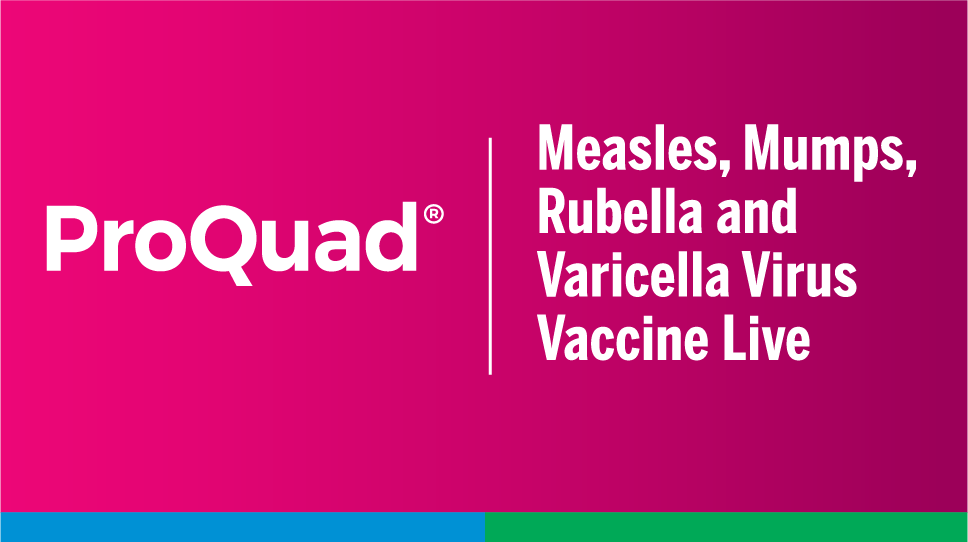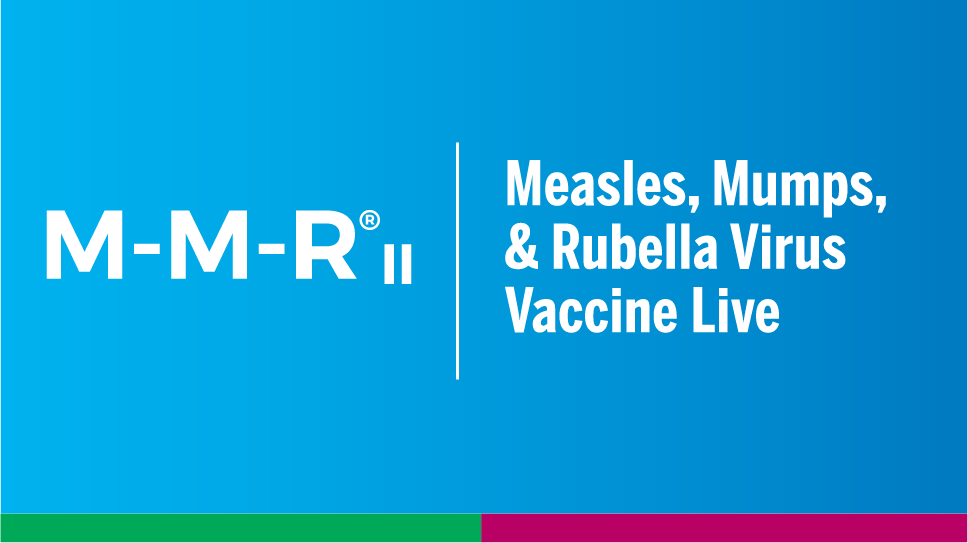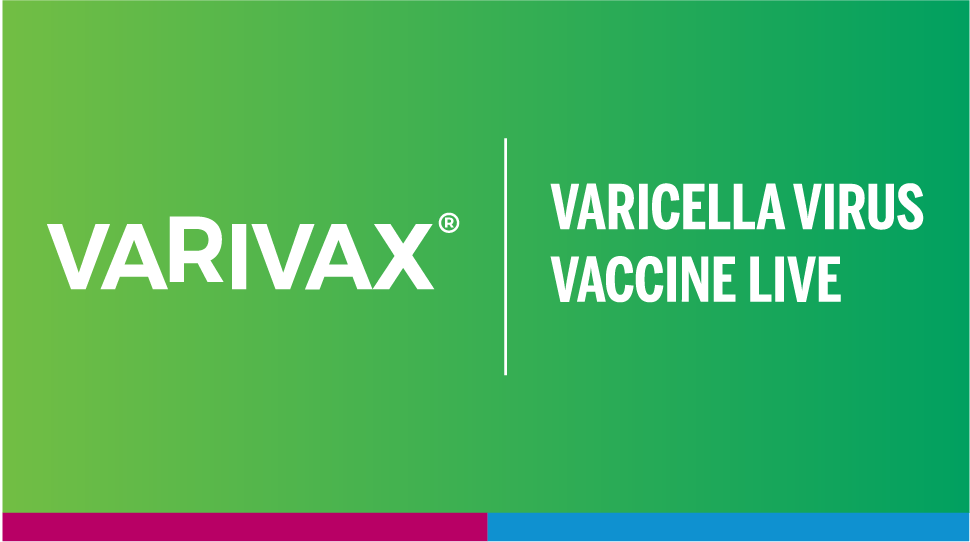
Find information about the MMRV Family
For decades, Merck combination vaccines have helped in the fight against childhood diseases.
The MMRV Family of vaccines from Merck includes M-M-R®II (Measles, Mumps, and Rubella Virus Vaccine Live), VARIVAX® (Varicella Virus Vaccine Live), and ProQuad® (Measles, Mumps, Rubella, and Varicella Virus Vaccine Live).
It is the only complete family of vaccines that has helped to protect children for decades from measles, mumps, rubella, and varicella.
1ST DOSE
12-15 MONTHS
ACIP recommendation
The ACIP recommends a measles, mumps, and rubella (MMR) vaccine and varicella vaccine be administered as separate injections, unless a parent/caregiver expresses a preference for a combination MMRV vaccine at 1st dose at ages 12-47 months.1
2ND DOSE
4-6 YEARS
ACIP recommendation
The ACIP generally prefers a combination MMRV vaccine over separate injections of its equivalent component vaccines (ie, MMR vaccine and varicella vaccine).1
ACIP, Advisory Committee on Immunization Practices.
One way to follow the ACIP preference for 1st dose is M-M-R®II and VARIVAX (routinely given at 12-15 months of age)1,a
- The ACIP recommends the measles, mumps, and rubella (MMR) vaccine and varicella vaccine be administered as separate injections, unless a parent/caregiver expresses a preference for the combination MMRV vaccine at 1st dose at ages 12-47 months.1
- If you are considering a combination MMRV vaccine for the 1st dose, the ACIP recommends that you discuss the benefits and risks of both options with the parent/caregiver.1
- ProQuad is associated with a higher relative risk of febrile seizures at 5 to 12 days after vaccination compared with M-M-R®II and VARIVAX administered concomitantly. In a post-marketing observational safety surveillance study of children 12 to 60 months of age (N=31,298, including 31,043 who were 12 to 23 months old), the incidence of febrile seizures 5 to 12 days after ProQuad administered at Dose 1 (0.70 per 1000 children) was higher than that in children (N=31,298, including 31,019 who were 12 to 23 months old) receiving M-M-R®II and VARIVAX concomitantly (0.32 per 1000 children) [RR 2.20 (95% CI: 1.04, 4.65)].
- A personal or family history of seizures of any etiology is a precaution for vaccination with ProQuad.1
aThe ACIP generally prefers a combination MMRV vaccine for the 1st dose at ages ≥48 months up to 12 years of age.1
CI, confidence interval; RR, relative risk.
ACIP preference for 2nd dose (routinely given at 4-6 years of age)1
- The ACIP generally prefers a combination MMRV vaccine for the 2nd dose at any age (15 months to 12 years).1
- In an observational post-marketing study, no cases of febrile seizure were observed during the 5- to 12-day post vaccination period among children (n=26,455) who received ProQuad as a 2nd dose.
- A personal or family history of seizures of any etiology is a precaution for vaccination with ProQuad.1
Want to learn more about MMRV vaccines?



Reference
- Centers for Disease Control and Prevention (CDC). Use of combination measles, mumps, rubella, and varicella vaccine: Recommendations of the Advisory Committee on Immunization Practices (ACIP). MMWR Recomm Rep. 2010;59(RR-3):1–12.
